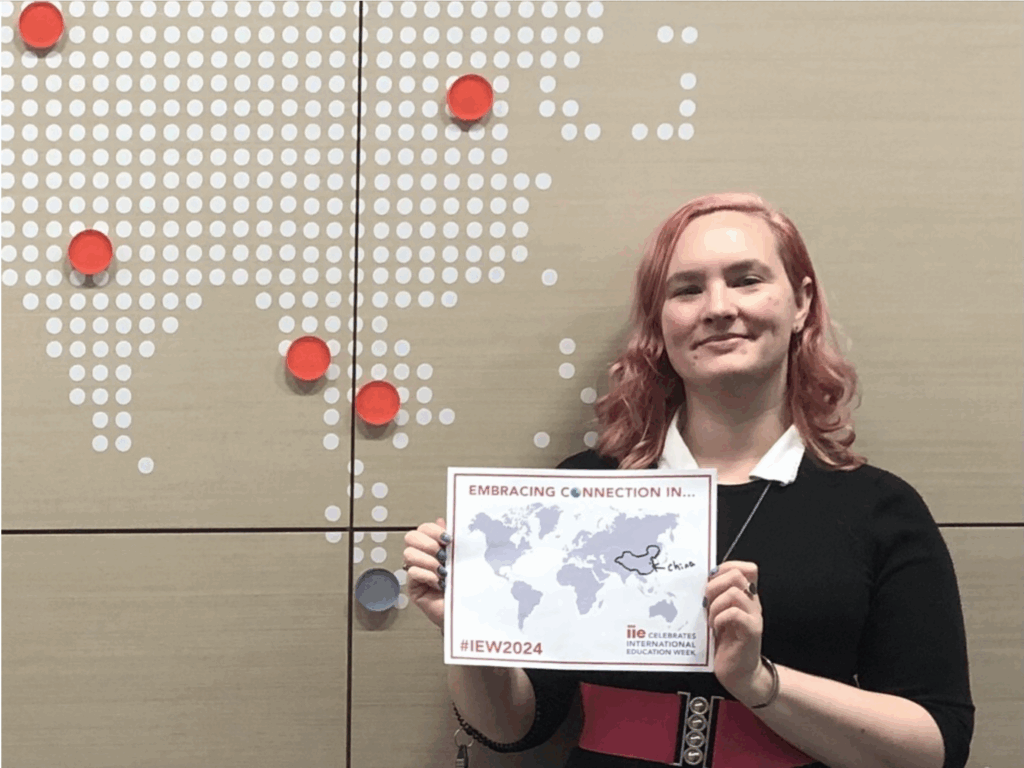Years before joining the IIE Scholar Rescue Fund program, Carly O’Connell spent a year in China teaching English to middle school students. The experience advanced her years of Chinese language study, allowed her to share American culture, and gave her the chance to learn from her students.
Years after I’d left China, an email appeared in my inbox that brought back a flood of memories. One of my former middle school students was asking for advice on applying to U.S. colleges. That couldn’t be right, could it? I did the math. Yep, all my 7th and 8th graders would be graduating high school now.
I remember this student in particular. Let’s call her Annie. Annie is hard of hearing. In the U.S. school system, I would have been briefed about her disability and received an individualized education program about how to best accommodate her needs. In Annie’s case, I found out on the first day of class when I called on her to answer a question—her classmates rushed in to tell me she couldn’t answer me because she can’t hear so well. She brushed her hair aside to show me her hearing aid. But I refused to simply ignore her over the next 10 months of my oral English class.
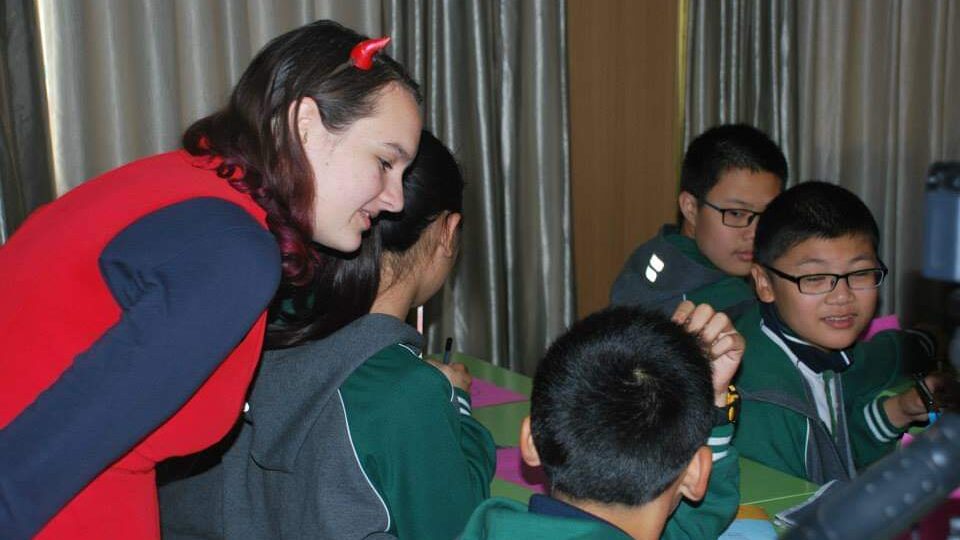
I created written handouts for her to supplement my lectures, and worked to add elements to my lessons that she could fully participate in. Annie’s favorite lesson was the day I asked my students to draw a picture of a superhero (complete with an English name and some superpowers in English to make it a little educational). Annie was quite the artist, and she excitedly flagged me over multiple times to translate superpowers such as laser vision and super strength. I was never sure if I was doing enough to include Annie, but hearing from her all these years later showed me that I must have made an impression!
A few months into the school year, the local news station contacted me to ask to film a day in the life of an American English teacher. The film day happened to be Halloween, so they captured me coming to class in a Halloween costume and teaching my students to sing, “This is Halloween,” from The Nightmare Before Christmas. Sharing my favorite holiday with my students helped make up for missing home. In return, my students and neighbors shared their holidays with me, gifting me flowers for Teacher’s Day and inviting me to eat mooncakes on Mid-Autumn festival.
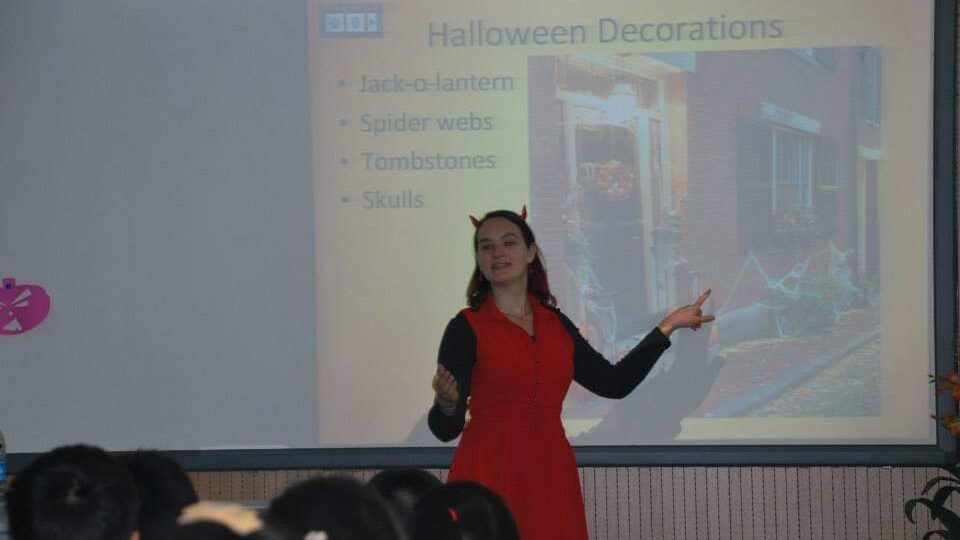
I hadn’t expected to be homesick because this was my third trip to China. Fortunately, a little piece of home was coming to my city. The local museum was preparing to receive a touring exhibit from the National Museum of Asian Art! I signed up as a volunteer, which involved interpreting for the curator as he visited to set up the space. I also hosted a talk at the museum about identity in the U.S. to help visitors understand the ways the artist incorporated her Black, white, and Native American ancestry in her art. At first, my audience didn’t understand why many Americans might continue to identify with countries their ancestors immigrated from generations ago or the nuances of mixed racial identities. By relating to more familiar identities, such as how many of them had ancestral hometowns in the countryside that they returned to on Lunar New Year, or how their parents might speak different local dialects from each other, I encouraged them to relate to the art while also learning from it.
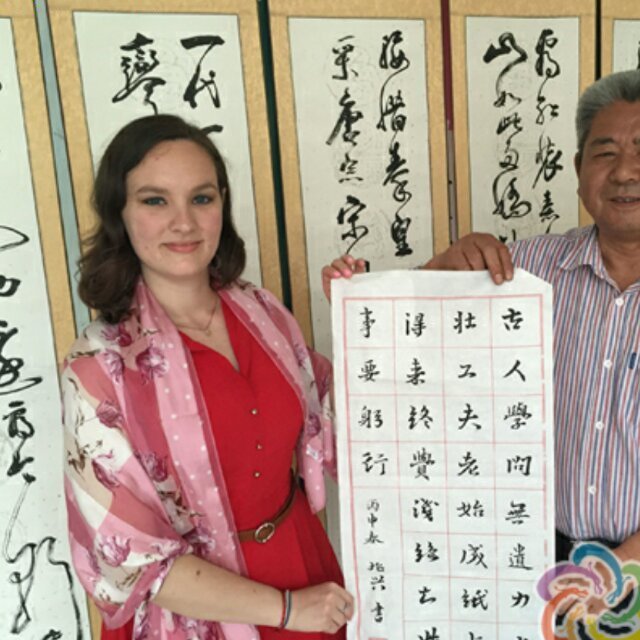
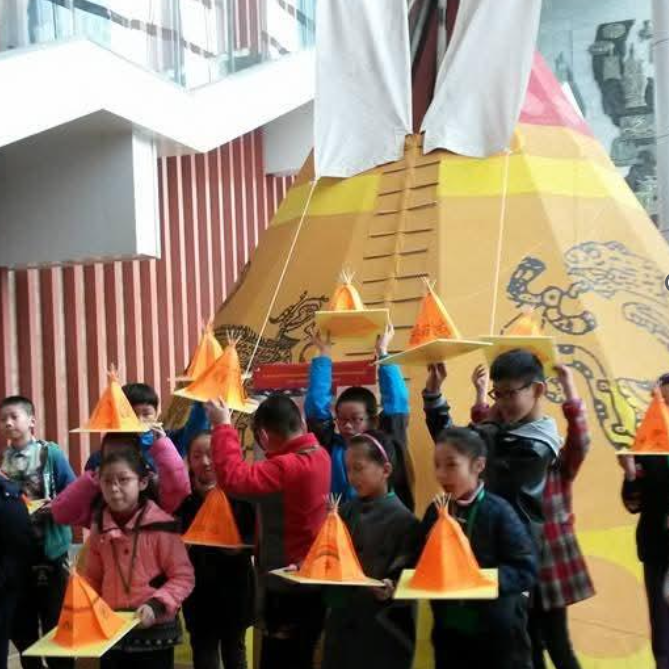
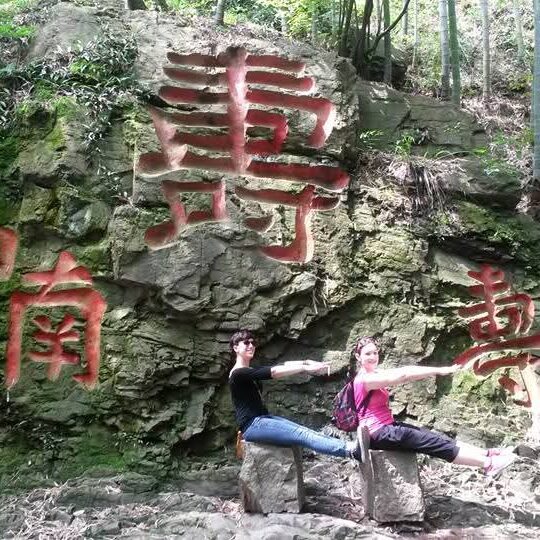
Teaching tweenagers on the opposite side of the world was sometimes challenging, but I saw this experience as the culmination of spending half my life studying Chinese language and culture, and an opportunity to return the favor. Where else could I have found myself frantically looking up the Chinese words for “drywall” and “plywood” as I facilitated a debate between a curator and museum staff about whether a wall could be knocked out for an exhibit? Or had a news crew film my walk to work as I shared mundane details of my life? Or shared pictures of the deer in my parents’ back yard to oohs and ahs from my students? I may have taught them some English words and facets of American culture, but they taught me to see the learning opportunities in everyday life and how to reach across differences to reach mutual understanding. Together we created memories none of us will ever forget.
